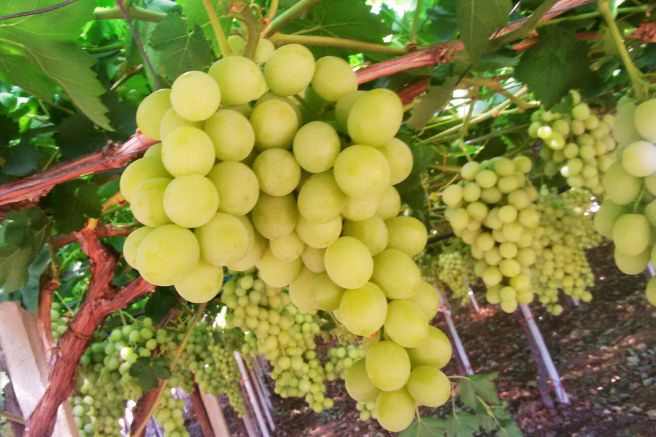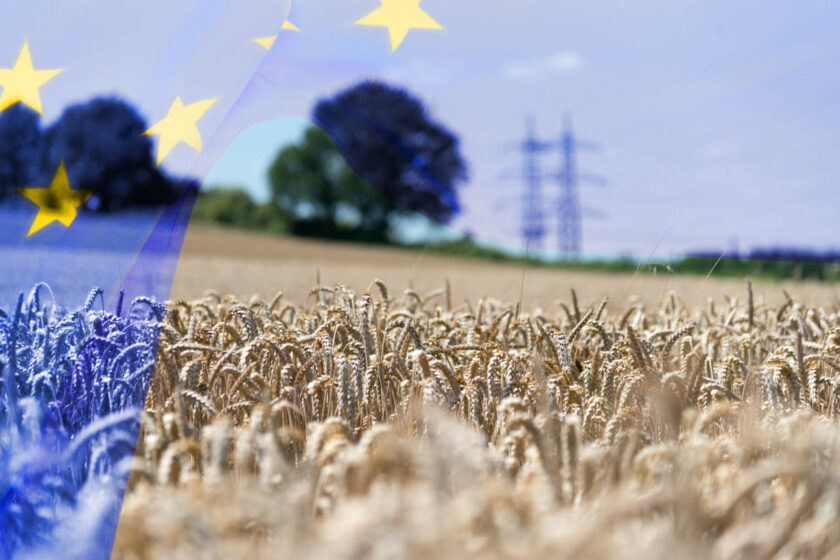
On the weekend of June 8th and 9th, the European elections will take place, an event where approximately 359 million citizens will participate, most of whom are increasingly aware of the important role agriculture plays in society. In Italy alone, according to a survey conducted in 2022, a full 96 percent of the population views the protection of rural areas as a primary goal for the future, seeing farmers as the main source of high-quality food production, to be achieved with respect for animal welfare and the environment. The same concept should be adopted by the Common Agricultural Policy, abbreviated as “CAP,” the main tool of the Union for supporting the agricultural sector and a historic pillar of integration among member states.
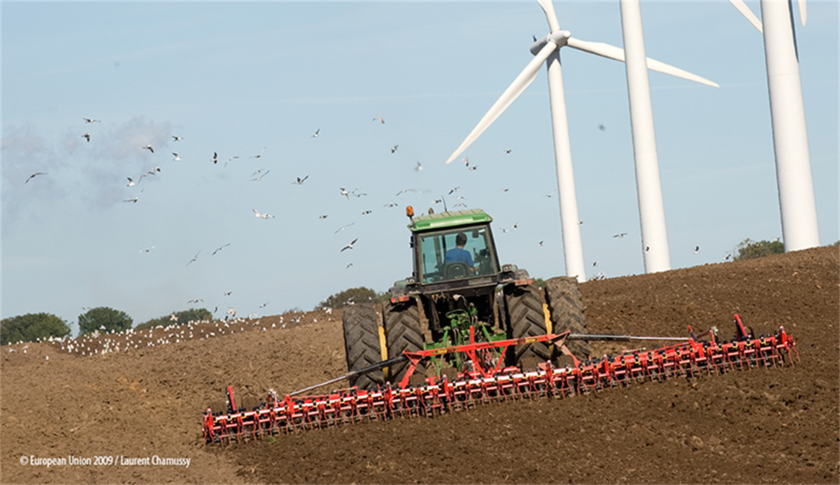
It was in 1957, in fact, that the Treaty of Rome was signed for the establishment of the European Economic Community, abbreviated as “EEC,” through which various countries committed to “establishing a common policy in the field of agriculture,” as per Article 3, paragraph “D” of the Treaty. Seventy years later, the EEC has become the current European Union, and with an annual expenditure of about 55.7 billion euros, the CAP represents one-third of the Union’s expenditures and its main expense item. There are many ongoing discussions about these contributions, but the majority of Europeans view them favorably. In Italy alone, specific interviews have shown that about 85 percent of the population believes that public aid to farmers is fair or even too low, while another solid 76 percent considers the CAP a useful investment for the entire society and not just for the agricultural sector.
Despite the volume of spending and the great attention from voters, very little has been heard about the CAP during the European election campaign, with Italian candidates, when asked about the topic, carefully avoiding discussing fundamental policies and choices, preferring to rail against “insect flours,” “synthetic meats,” or “GMOs,” all topics of practically negligible importance for operators, who are much more concerned about the volatility of raw material and finished product prices, the lack of labor, and extreme weather events.
Politics disconnected from reality
Politicians are therefore completely disconnected from the reality of the agricultural sector, a gap that has widened in Italy starting from the last government, which, instead of striving to understand and address the sector’s real needs, perhaps even informing citizens about them, has preferred to carry out symbolic battles aimed only at gaining consensus. A convenient attitude, knowing that demonizing this or that food product by triggering unconscious fears among the population attracts more consensus than explaining how the CAP works and what the European vision for agricultural support is.
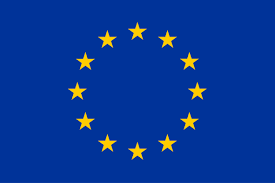
And it matters little if the aforementioned demonizations are baseless, as is the case with cultivated meats. These are foods not yet on the market and which, in any case, the European Union will never force anyone to buy, just as no one is forced to buy insect-based flours if they are present in supermarkets. It must be said, however, that if the CAP is not a central theme in public discussion, it is also the fault of the European Union itself. Over the years, it has been the Community Institutions that have shown themselves unable to manage the Common Agricultural Policy effectively, creating a tool that did not avoid the huge market imbalances triggered in past decades and which still today, after numerous reforms, presents significant issues.
The CAP is the result of two reforms
The CAP was in fact born to revive the sector, recovering abandoned agricultural funds by incentivizing production. The first subsidies were granted based on the principle of “price support” for products and the guarantee of their unlimited purchase by the Union. This soon led to the creation of market surpluses, the devaluation of goods, and an uncontrollable increase in public spending. For this reason, in the 1990s, there was a first reform of the CAP that introduced the concept of “income support” for farmers, which curbed the initial errors, but still in a context of lack of strict rules and the absence of many of the current technologies. Farmers were therefore still pushed to produce a lot, often using too many phytosanitary products and synthetic fertilizers, contributing to giving the sector that image of pollution that agriculture still carries today.
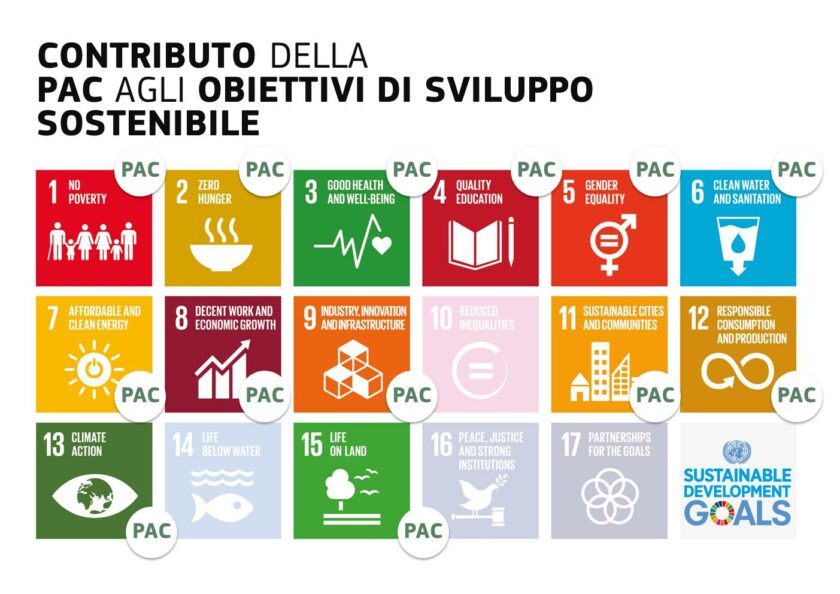
The change that led to the current CAP occurred with Agenda 2000, which introduced the concept of “cross-compliance,” according to which only farmers who meet certain environmental protection criteria can access public aid. The principle itself was and is not wrong, as if farmers receive public money, it is right that they commit to society, but this principle was then distorted starting in the early 2000s by environmental anxieties that imposed more and more constraints on farmers. Once again, it happened that Europe enacted a law valid in its aims and well-funded, but whose results are still improvable today. Why this happened is not easily understandable, but it is certain that the mechanism by which European funding is established, based on negotiations among 27 member states that encompass multiple policies simultaneously, does not facilitate the drafting of these documents.
Distorted vision of the sector
However, it is true that reading the general guidelines of the CAP reveals how political decision-makers have a distorted vision of the agricultural sector and exploit the main goals of the Common Agricultural Policy, the support of agricultural work, and the improvement of the productivity of our companies, to develop environmental sustainability policies and the maintenance of small farms for their own sake and in contrast with the concrete needs of a sector dedicated to innovation and competitiveness. Those who had to decide did so on ideological bases and without a sense of reality, recovering images of rural life that are no longer current, without reflecting on the fact that to guarantee quality products in sufficient quantity to feed the world, the agricultural sector needs investments in advanced mechanical, chemical, and biotechnological technologies, machinery capable of performing the heaviest tasks, molecules able to eradicate cereal molds with very low doses, and rice varieties capable of growing in extreme drought conditions. Just to give some examples. It’s a pity that at the moment there are no politicians or trade associations able to focus on these needs, a reality further confirmed by the recent protests of farmers.
Read also: Python meat coming soon
Title: Agriculture, after the European elections there is a lot to rebuild
Author: Eugenio Demartini
Translation with ChatGPT






